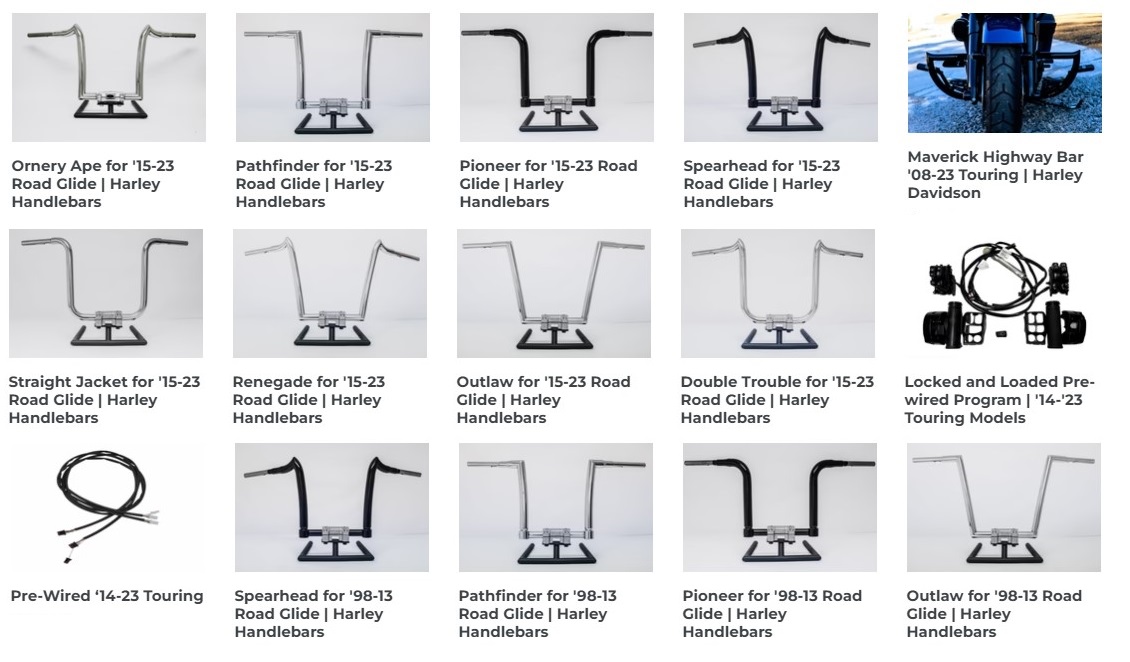The Buzz on Motorcycle Boots
The Buzz on Motorcycle Boots
Blog Article
Getting My Motorcycle Boots To Work
Table of ContentsGetting My Motorcycle Boots To WorkOur Motorcycle Boots PDFsMotorcycle Boots Fundamentals ExplainedA Biased View of Motorcycle BootsSome Known Factual Statements About Motorcycle Boots How Motorcycle Boots can Save You Time, Stress, and Money.
The key components of modern bikes are offered listed below.; this has actually been made use of all via motorcycle history yet is currently coming to be more usual.It was widely unpopular and typically pertained to as a negative idea at the time. It has considering that gotten some cachet in the contemporary custom bike world as well since of the space savings it can afford and the referral to an earlier period.
Any type of storage space tank for fuel may be so called, the term is normally applied to component of an engine system in which the fuel is stored and moved (gas pump) or launched (pressurized gas) into an engine. A bike fork is the section of a bike that holds the front wheel and enables one to steer.
Getting The Motorcycle Boots To Work
The combination of rake and trail establishes just how steady the bike is. motorcycle boots. The 'fork' on a bike includes multiple parts. The three-way trees (likewise referred to as yokes) hold the fork tubes (which include the fork springs), and are secured to the neck of the framework by the steering stem.

Motorcycles have primarily, however not exclusively, been created with one to four cylinders, and designers have tried virtually every you can possibly imagine format. The most usual engine arrangements today are the solitary and twin, the V-twin, the opposed double (or boxer), and the in-line three-way and in-line 4. A number of others styles have actually gotten to automation, including the V-4, the level 6-cylinder, the level 4-cylinder, the in-line 6-cylinder, and the Wankel engine.
The 15-Second Trick For Motorcycle Boots
Chain-drive usages sprockets and a roller chain, which needs both lubrication and change for elongation (stretch) that occurs via wear. The lubricant goes through being tossed off the fast-moving chain and results in gunk and dust accumulation. Chains do wear away, and too much wear on the front and rear gears can be unsafe.
Traditional roller chain-drives experience the potential for resonance, as the efficient radius of activity in a chain and sprocket mix continuously alters throughout the revolution ("chordal activity"). If a drive gear revolves at continuous RPM, after that the chain (and the driven sprocket) needs to increase and slow down frequently. A lot of chain-driven bikes are fitted with a rubber bushed rear wheel hub to remove this vibration concern.
These chain oilers vary in elegance, yet all add significantly to the life of the chain. The custom of lubing by immersing the chain in a tin of hot grease stopped in the early 1970s, when most chains had rubber "O'-rings.
What Does Motorcycle Boots Mean?
They are not as long more helpful hints lasting when subjected to high horsepower as a chain. You can not change the size and change final drive proportions as conveniently as chains. And need bigger pulleys compared to chain gears to obtain an effective final drive proportion.
A shaft-drive is typically totally confined; the aesthetic sign is a tube expanding from the back of the transmission to a bell housing on the back wheel. Inside the bell housing a bevel gear on the shaft friends with another on the wheel install. This plan transcends in terms of noise and sanitation and is virtually maintenance-free, with the exception of occasional fluid adjustments.
The extra gear sets are a resource of power loss and included weight. Essentially all high-performance auto racing motorbikes make use of chain-drive due to the fact that they are the most mechanically reliable transferring power to the rear wheel.

About Motorcycle Boots
One of the most crucial quality of any tire is the call patch, the tiny area that is in contact with the road surface area while riding. There are tires made for dust bikes, touring, sport and cruiser Click Here bikes. Motorcycle tires have knobbly, deep treads for optimum hold on loosened dirt, mud, or crushed rock; such tires tend to be much less stable and noisier on paved surface areas.
Touring tires are generally made from a harder rubber substance for better longevity, these may last longer yet tend to give less outright grasp compared to sports tires at optimum operating temperatures. Exploring tires commonly provide extra grip at lower temperature levels and can be more fit to riding in chilly or winter conditions where a sporting activity tire might never ever reach its optimal operating temperature level.
These often tend to have stronger sidewalls as they are usually fitted to much heavier machines. Motorsport or racing tires use the highest possible of degrees of grip. Because of the heats at which these tires commonly operate, use outside a racing environment is dangerous, generally these tires do not reach their optimal temperature level which provides less than optimal grip.
The Main Principles Of Motorcycle Boots

There are several brake-performance-enhancing aftermarket components offered for many motorcycles, consisting of brake pads of differing compounds and steel-braided brake lines.
Report this page